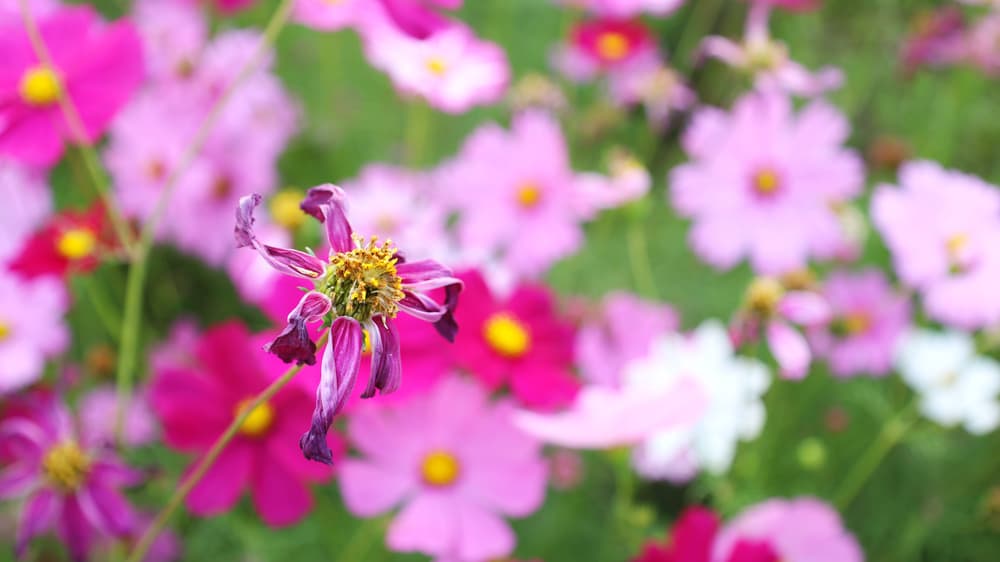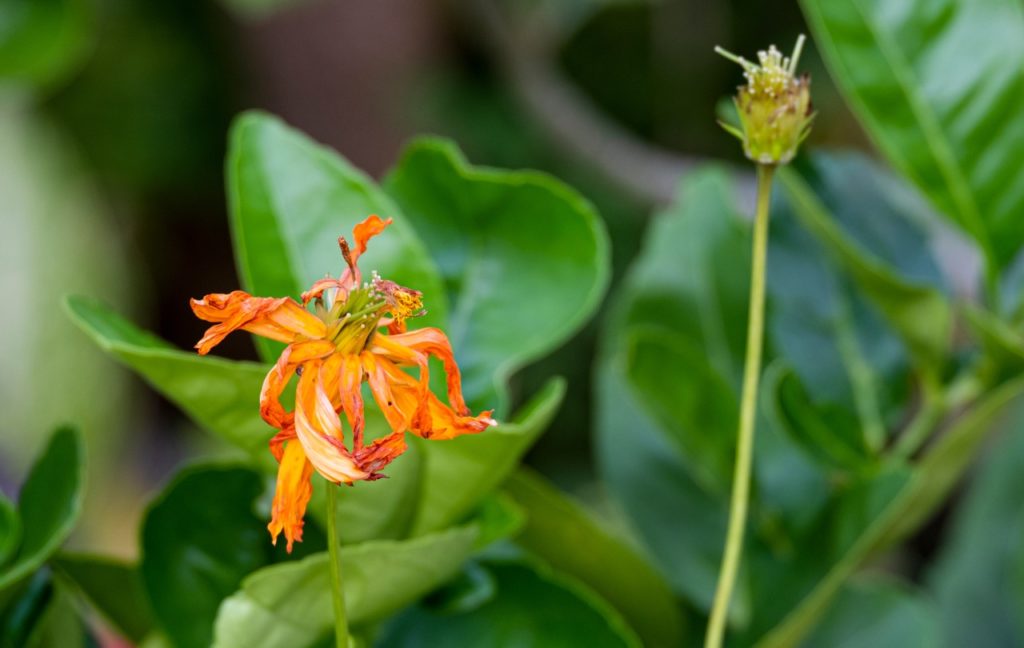Extend The Flowering Season Of Your Cosmos By Deadheading Spent Blooms

ANNUALS > COSMOS > DEADHEADING

Elizabeth is a Permaculture Garden Designer, Sustainability Consultant and Professional Writer, working as an advocate for positive change. She graduated from the University of St. Andrews with an MA in English and Philosophy and obtained a Diploma in Applied Permaculture Design from the Permaculture Association.
Reviewed By ROY NICOL

Roy is a Professional Gardener and Horticultural Consultant, specialising in large garden year-round maintenance and garden development. He is an RHS Master of Horticulture and uses his research in the application of no-dig methods in ornamental garden settings. Roy has been a Professional Gardener for more than six years and is a member of the Chartered Institute of Horticulture, Professional Gardener's Guild and Association of Professional Landscapers (Professional Gardener).
COSMOS GUIDES
Container Growing
Deadheading
Pinching Out
Sowing
Cosmos are attractive flowering plants that are mostly grown as annuals and used to bring a splash of cheerful colour to a garden.
C. bipinnatus are the most common types and can bloom over a long period of time, potentially from May right through to October, and bring plenty of pollinators to your garden.
“Cosmos flowers best when day lengths are shorter; in the UK with cold springs this generally means from late summer into autumn,” shares Master Horticulturist Roy Nicol.
To make sure that you can enjoy these cosmos blooms in your garden for as long as possible, you have to ensure that you care for your plants correctly.
One job not to neglect when growing cosmos is deadheading.
| Difficulty | Easy |
| Equipment Required | Secateurs or gardening shears |
| When To Deadhead | June to September |
Do You Need To Deadhead Cosmos?
It is not essential to deadhead many of the flowering plants that you grow in your garden, but with some, cosmos included, it really can be a good idea.
Deadheading cosmos plants is a good idea because if you do not deadhead after the first flush of blooms begins to fade, the plants will focus their attention on producing seeds rather than on producing more flowers.
This means that if you do not deadhead cosmos, this can significantly reduce the number of blooms you can expect – and curtail the length of time for which these annuals can be in bloom.
“The fading blooms of old flowers also detract from the display as they don’t look nearly as good as the newer flowers,” adds Roy.

However, one thing to note is that you might harvest your flowers before it becomes necessary to deadhead them.
Cosmos make wonderful cut flowers for use in your home, so you may cut the flowering stems for use in this way before the flowers begin to fade, which is when you would usually think about deadheading.
Since harvesting cosmos for cut flowers will remove the flowers and prevent the plants from flowering in exactly the same way, deadheading will not be required afterwards.
When To Deadhead Cosmos
If you are taking the route of cut flowers, then you can simply take flowers when you want them, cutting them with the amount of stem that you desire or require for your displays.
Cosmos can flower from May or June, so if you do not harvest these blooms to use as cut flowers, those first flowers will begin to die back.

You can, if you wish, simply nip off the faded flowers one by one as they fade.
However, with cosmos, especially if you are growing a lot of them in a bed or border, it can be easier to wait until almost all of the flowers on a particular plant have faded.
Then, you can cut back the whole of the area all at once rather than focussing on deadheading particular blooms individually.
How To Deadhead Cosmos
If you are only growing a few cosmos, you can deadhead by simply nipping (with a finger and thumb) or snipping off (with secateurs or gardening scissors) the faded flowering head and the top of the stem down to the next set of leaves.
However, in an area where a lot of cosmos are grown in a drift, you might also decide on a simpler, less time-consuming approach.

Once the flowers in an area have mostly faded, you can take a pair of shears and cut off the faded flowers, also trimming back the tops of all your plants.
Cutting back the foliage as well as simply removing the blooms can promote bushier growth and encourage an abundant crop of new flowers.
Whichever method you choose, you can expect to see the next flush of blooms within a couple of weeks.
